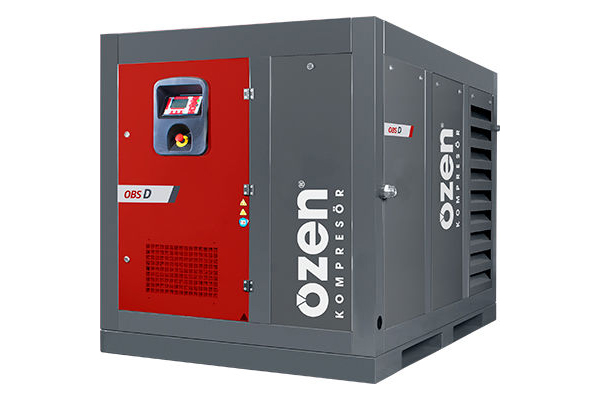
Modeller

Booster Air Compressors
Booster compressors are used to compress air from a pressure range of 7–10 bar up to 35–40 bar. They have a wide range of applications: PET bottle blowing in the plastics industry, providing the initial start for marine engines, laser cutting in the metal industry, coating techniques in the wood and glass industries, supplying high-pressure oxygen in chemical treatment plants, and discharging harmful gases in mining operations.
Screw Booster Working Principle
Screw booster compressors are connected to your existing air compressor system through a receiver tank, low-pressure dryer, piping, and a discharge tank. They operate on a simple principle: in a closed system, as the volume decreases, the pressure increases.
The screw booster compressor system consists of a receiver tank, low-pressure dryer, piping, screw booster compressor, discharge tank, and a high-pressure dryer. The receiver tank has an inlet that accepts compressed air from the primary supply (compressor) and directs it into the compression stage to increase the pressure.
The air entering the screw booster compressor from the tank passes through a series of compression stages and is then transferred to the discharge tank, which has an outlet supplying compressed air to the field via pipelines. After the discharge tank, the air is routed through a high-pressure dryer, where it is purified from moisture and particles before being delivered into the system.
In industries with continuous operation and heavy-duty requirements, piston booster compressors cannot fully meet demands. Piston systems require shorter maintenance and overhaul intervals, have energy losses of around 35–40%, may show a very high oil carryover rate, and can cause constant water flow problems in compressed air lines.
Our OSB D Screw Booster Compressor Series offers up to 20% total cost of ownership advantage thanks to longer maintenance and service intervals, and up to 15–20% less power consumption with frequency inverter technology.


